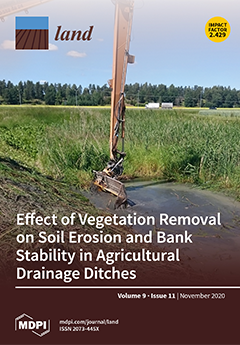Resource information
The purpose of this research is to better conserve biodiversity by improving land allocation modeling software. Here we introduce a planning support framework designed to be understood by and useful to land managers, stakeholders, and other decision-makers. With understanding comes trust and engagement, which often yield better implementation of model results. To do this, we break from traditional software such as Zonation and Marxan with Zones to prototype software that instead first asks the project team and stakeholders to make a straightforward multi-criteria decision tree used for traditional site evaluation analyses. The results can be used as is or fed into an algorithm for identifying a land allocation solution that is efficient in meeting several objectives including maximizing habitat representation, connectivity, and adjacency at a set cost budget. We tested the framework in five pilot regions and share the lessons learned from each, with a detailed description and evaluation of the fifth (in the central Sierra Nevada mountains of California) where the software effectively met the multiple objectives, for multiple zones (Restoration, Innovation, and Observation Zones). The framework is sufficiently general that it can be applied to a wide range of land use planning efforts.


